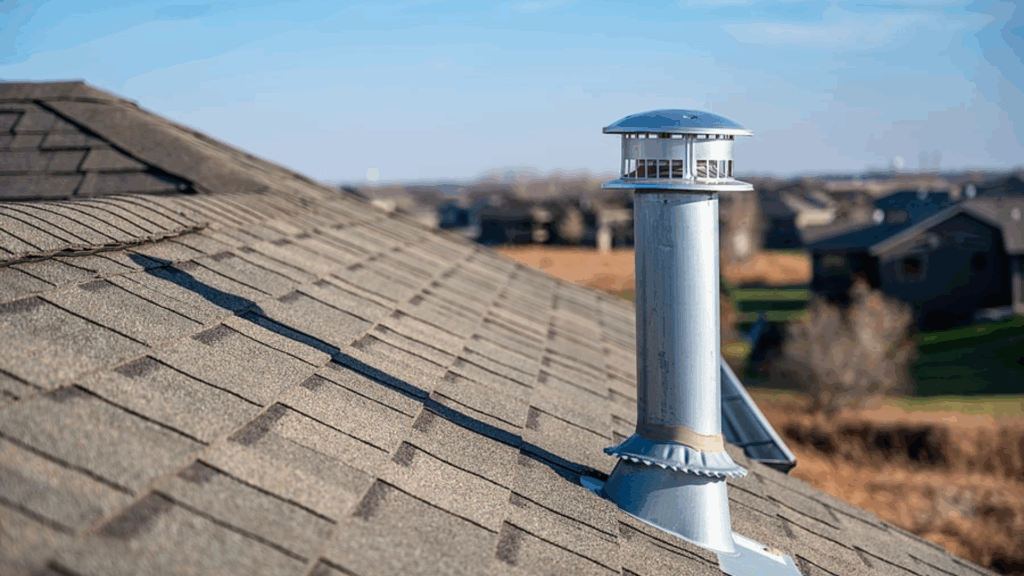When it comes to roof maintenance, ventilation is one of the most important things to consider.
A well-ventilated attic helps control temperature, prevents moisture buildup, and extends the life of your roof.
However, with numerous types of roof vents available, it can be challenging to determine which one is best suited for your home.
From ridge vents to soffit vents to turbine vents, each has its own benefits and drawbacks.
I’ve learned that choosing the right vent depends on factors like your climate, the design of your roof, and your home’s needs.
In this guide, I’ll explain the different types of roof vents, their advantages, and how to pick the one that will work best for you.
What Are Roof Vents and Why Do They Matter?
Roof vents promote airflow in your attic by allowing hot air and moisture to escape while letting cooler air enter.
Proper ventilation reduces heat and moisture buildup, preventing roof and attic damage. It also boosts energy efficiency, helping maintain a comfortable temperature and preventing ice dams in colder climates.
Without proper ventilation, your attic can become stifling, increasing cooling costs and risking roof damage.
Well-ventilated attics reduce mold and mildew, prevent wood rot, and keep shingles in better condition.
This not only saves on repair costs but also extends your roof’s lifespan, avoiding expensive replacements.
Different Types of Roof Vents
There are several types of roof vents, each designed for specific needs and roof styles. Below, I’ll cover the most common roof vent options and their benefits.
1. Ridge Vents
Ridge vents are installed along the peak of your roof, creating a continuous airflow that allows hot air to escape.
As hot air rises, it naturally exits through the ridge vent, which works best when paired with soffit vents.
This system promotes excellent airflow, reducing moisture buildup and keeping your attic cooler in summer and warmer in winter.
Ridge vents provide consistent ventilation without requiring activation, making them an efficient and low-maintenance solution.
Why Choose Ridge Vents?
Ridge vents are ideal for homeowners seeking a subtle yet effective ventilation system. Since they blend seamlessly into the roofline, they maintain the home’s appearance.
They work best when paired with soffit vents, ensuring the ideal balance of intake and exhaust airflow.
Plus, ridge vents help prevent the formation of harmful ice dams during the winter by promoting proper ventilation.
2. Soffit Vents
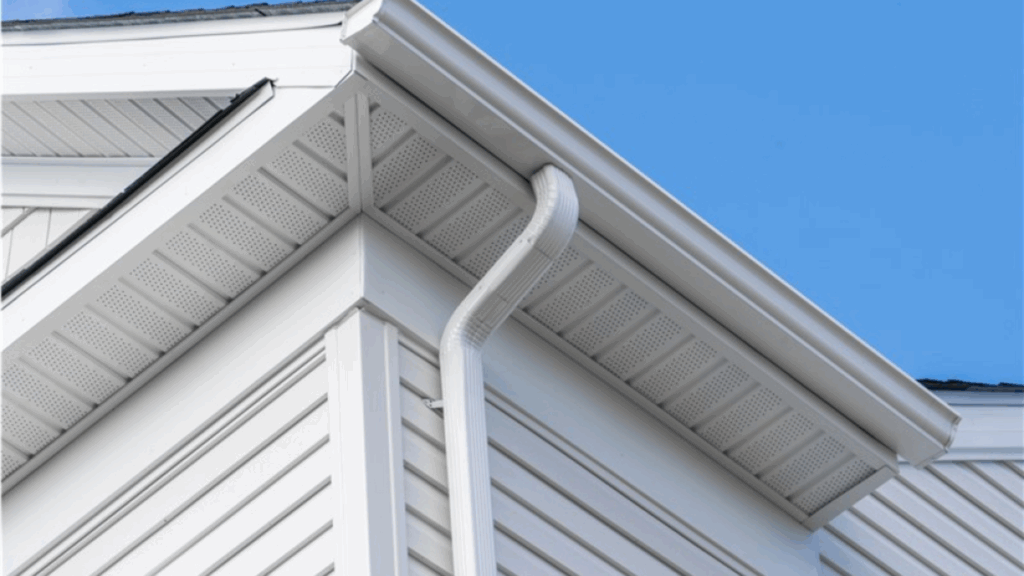
Soffit vents are placed under the eaves of your roof, allowing cooler air to enter the attic.
These vents work in combination with ridge vents, ensuring a steady flow of air from the soffits to the ridge.
Soffit vents help prevent moisture buildup and ensure that your attic remains adequately ventilated throughout the year, contributing to a balanced ventilation system.
Proper soffit ventilation promotes airflow and keeps your attic cooler in the summer, which helps reduce air conditioning costs.
Why Choose Soffit Vents?
Soffit vents are a must-have for any attic ventilation system because they create an air intake source. Without them, ridge vents can’t function properly.
When paired with ridge vents, they create a balanced system that works together to regulate attic temperature and humidity.
Soffit vents are easy to install and don’t require maintenance, making them an excellent choice for most homes.
3. Gable Vents
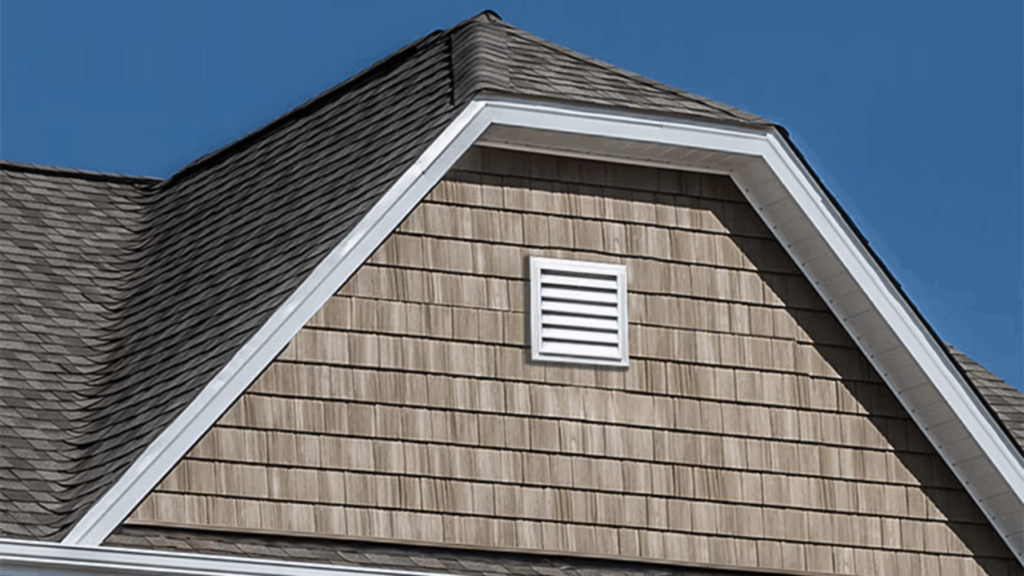
Gable vents are typically installed on either side of the attic’s gable wall, allowing hot air to escape from the attic.
These vents are most effective on homes with gable roofs and can be used in combination with soffit vents.
They also add a decorative touch to the exterior of the house, making them a good option if you want a more visible vent solution. They provide a reliable means of ventilation and are easy to maintain.
Why Choose Gable Vents?
Gable vents are perfect for homes with a gable roof design. They can be easily installed in both new and existing homes.
Aside from their practicality, gable vents can also contribute to your home’s curb appeal.
If you’re looking for a ventilation system that enhances both the functionality and design of your home, gable vents might be the way to go.
4. Turbine Vents
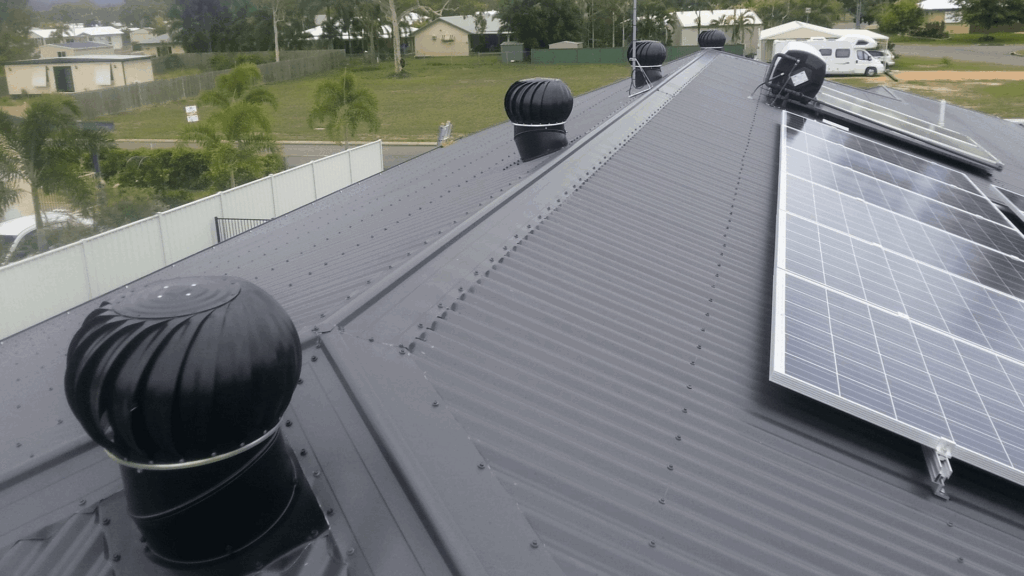
Turbine vents, also called whirlybirds, are powered by the wind, using its force to spin and draw hot air and moisture out of the attic.
This natural ventilation system doesn’t require electricity, making it an energy-efficient option.
Turbine vents are great for homes in windy areas, where they can continuously help reduce heat buildup, keeping your attic cooler.
They can also operate effectively even when your roof is relatively flat.
Why Choose Turbine Vents?
Turbine vents are ideal for homeowners seeking an eco-friendly ventilation solution that doesn’t require electricity.
Since they’re wind-powered, they reduce your carbon footprint while keeping your attic cool and dry.
Turbine vents are especially beneficial for homes in areas with high winds, as they provide continuous ventilation throughout the year.
5. Static Vents
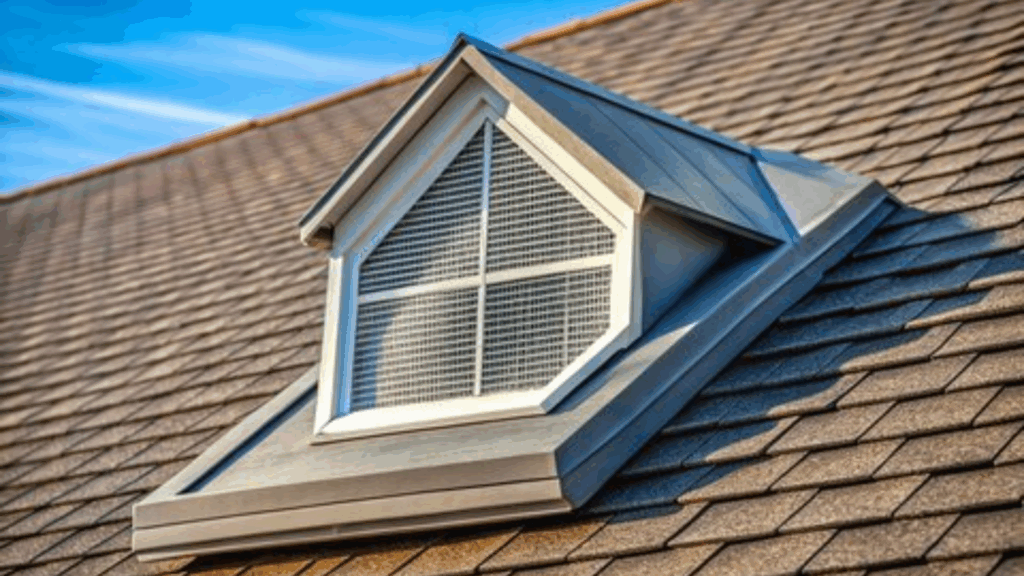
Static vents are the most common type of roof vent, featuring a simple, box-like design.
These vents allow hot air to escape through passive airflow, eliminating the need for moving parts.
They’re easy to install and maintain, providing a low-cost, reliable ventilation solution. Static vents can be installed anywhere on the roof and are suitable for most roofing styles.
Why Choose Static Vents?
Static vents are an excellent option for those seeking a low-maintenance, budget-friendly solution.
They don’t require moving parts or electricity, making them both affordable and easy to install.
While they may not provide as much airflow as more advanced options, such as power or turbine vents, they still offer reliable ventilation for most homes.
6. Power Vents
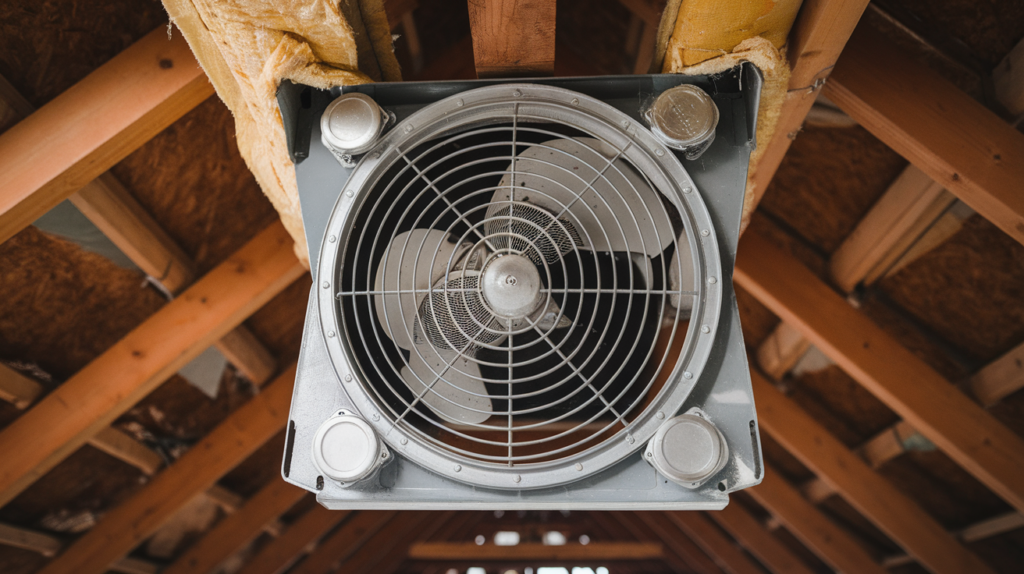
Power vents are electrically powered fans that remove hot air and moisture from the attic. These vents are ideal for larger attics or areas that experience high humidity.
Power vents are often connected to a thermostat or humidistat, automatically activating when the temperature or humidity reaches a certain level, offering precise control over attic ventilation.
They are ideal for homes in regions that experience extreme heat or moisture.
Why Choose Power Vents?
Power vents provide greater control over your attic’s ventilation by automatically turning on when needed.
If you live in an area with extreme weather conditions or an ample attic space, power vents can help maintain a consistent temperature and prevent moisture buildup.
They offer high-efficiency ventilation but require a power source to operate.
7. Box Vents

Box vents are low-profile, square-shaped vents typically installed on the roof ridge. These vents are reliable and easy to install, offering an effective solution for many roofing types.
They allow for natural airflow in the attic and are a budget-friendly solution. While they don’t provide as much airflow as ridge or power vents, box vents still do an effective job of ventilating the attic.
Box vents are often installed in multiple units along the roofline to ensure adequate airflow and maintain an even temperature in the attic space.
Why Choose Box Vents?
Box vents are a versatile and budget-friendly option for homeowners seeking simple and reliable ventilation. They are easy to install and maintain, making them an ideal choice for DIY enthusiasts.
Additionally, box vents are compatible with various roof types, making them a flexible option for homes with different roof designs.
Though they may not be as powerful as ridge or turbine vents, they still provide adequate passive ventilation and help protect your roof from heat and moisture buildup.
8. Off-Ridge Vents
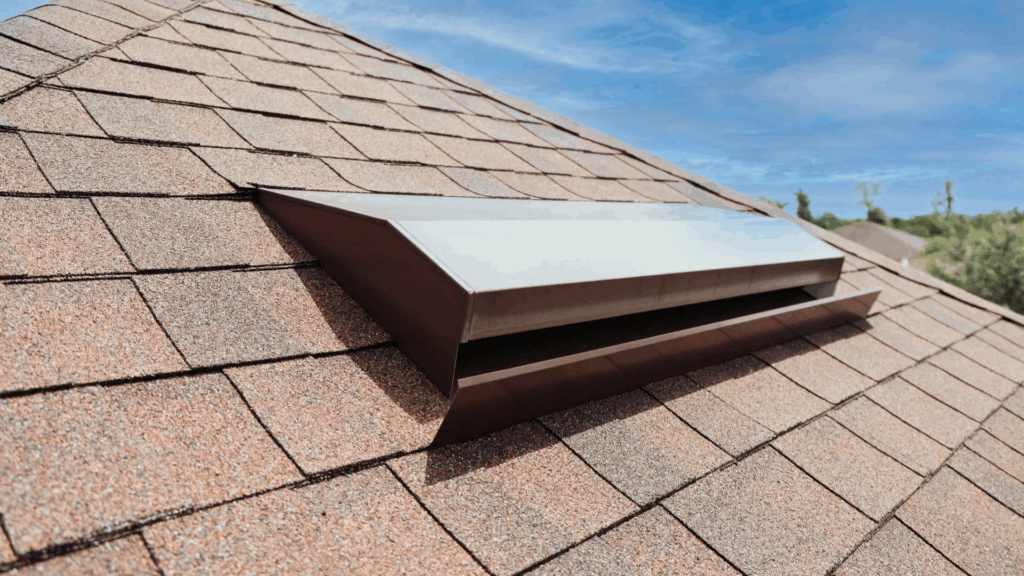
Off-ridge vents are similar to ridge vents but are installed slightly off-center on the roof, allowing for more targeted airflow.
This vent type is ideal for roofs with multiple peaks or complex rooflines where a traditional ridge vent may not be as effective.
Off-ridge vents offer the same natural ventilation as ridge vents, but with more flexibility in placement and use.
Why Choose Off-Ridge Vents?
Off-ridge vents are perfect for homeowners with roofs that have complex shapes or multiple peaks.
They can be strategically placed to provide optimal airflow in specific parts of the attic, ensuring better overall ventilation.
This type of vent allows for more precise control over where hot air exits, making it a good option for homes with more detailed roof designs.
9. Continuous Soffit Vents
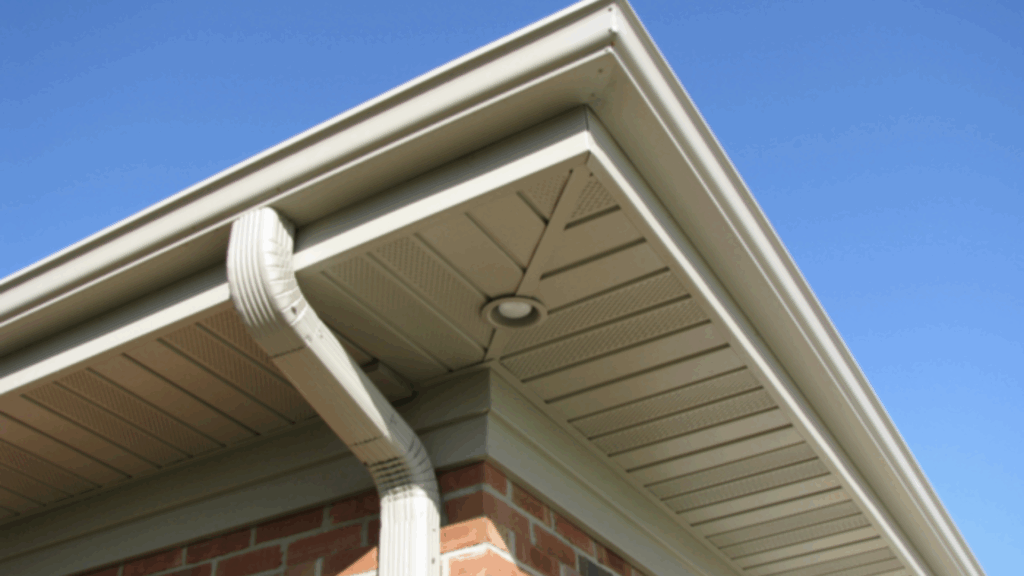
Continuous soffit vents are long, uninterrupted vents that run along the entire length of your roof’s eaves.
These vents provide steady, uniform airflow to the attic, ensuring that air is evenly distributed.
Continuous soffit vents are low-maintenance and reduce the likelihood of ice dams forming in colder climates, making them an excellent choice for homes in colder regions.
They also create a seamless look that blends well with the overall design of your roof.
Why Choose Continuous Soffit Vents?
Continuous soffit vents offer excellent airflow by creating a consistent intake of cool air.
When paired with ridge or turbine vents, they form a balanced system that works effectively year-round.
These vents are ideal for homeowners who want a sleek, uniform look for their roof while ensuring optimal ventilation throughout the attic.
How to Choose the Right Roof Vent for Your Home
Choosing the right roof vent involves considering various factors like roof type, climate, and ventilation needs. These are some points to keep in mind:
- Climate: Hot and humid areas may require power or turbine vents to reduce moisture, while cooler climates may only need passive vents like ridge and soffit vents.
- Roof Style: Gable roofs are well-suited for gable vents, while complex roofs with multiple peaks might benefit from off-ridge vents.
- Attic Size: Consider the size of your attic and the level of ventilation needed to prevent moisture buildup and maintain airflow.
- Professional Advice: Consulting a roofing professional ensures the proper vents are selected and installed correctly.
With these factors in mind, you can choose the best roof vent for your home.
Conclusion
Selecting the right roof vent for your home is a wise investment in its long-term health and energy efficiency.
From ridge vents and soffit vents to power vents and turbine vents, each option offers unique benefits tailored to your home’s specific needs.
As I’ve learned through my own experiences, proper ventilation helps reduce moisture buildup, lower energy costs, and prolong the life of your roof.
By taking the time to select the right roof vent system, you’ll be protecting your home from heat damage, mold, and unnecessary repairs.
Remember, every home is unique, so choose the system that best suits your specific roof type, climate, and personal preferences.
If you’re ever unsure, consulting a professional roofing contractor can help ensure you make the right choice for your home’s ventilation needs.

